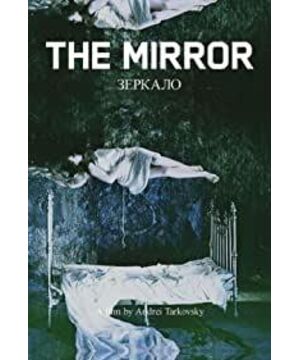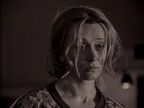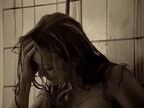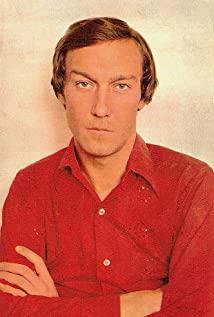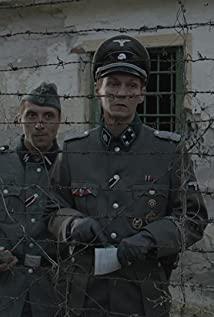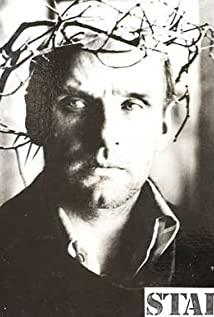10/10. Tarkovsky's collection of visual representations of dreams. I really like the mirrors that appear repeatedly in the film. In my opinion, the image of "mirrors" has a kind of dream quality in itself (the people in the mirror come from reality but have more tension than reality - this is the essence of dreams ) I think Tarkovsky has three main views on dreams: 1. The time and space of dreams are nonlinear (the film is shown as an interspersed nonlinear narrative of memories of different time periods); 2. The time and space of dreams are intertwined with each other. Together (in the film, for example, at the end, the past father asked the past mother to have a boy or a girl, the past mother did not answer, but turned her head to look at the past, the next shot is the old mother, and then we see the old age. 3. The dream is full of emotions (in the film, the emotions are not limited to the actors themselves, but It spread to the natural environment, such as: the beautiful pastoral field from beginning to end (symbolizing Tarkovsky's strong emotion for his own memory), the sound of the wind blowing in the wheat field, the sound of raindrops falling, the fire of the house being burned sound, etc. This sprawl makes the whole movie more emotional and poetic). These three methods are most vividly shown in this film.
By the way, I think the main difference between Fellini and Tarkovsky is in the third point, both for describing dreams. If I summarize the differences in how they deal with scene design, I would say that Fellini's dream films basically do not use natural elements (wind, water, rain, etc.), and focus more on the surrealism of the scene to express the mood of the dream (detailed See "Eight and a Half" film review); Tarkovsky focuses on borrowing lyricism, and there is not much surrealism in the scenes in his films. Even if there are surreal scenes, Tarkovsky minimizes and downplays the "surrealistic sense of horse-grabbing/absurdity", so as to focus on the "emotions" of these scenes. Except for these few surreal scenes, the rest are more based on natural elements/environments and the characters themselves (the relevant examples have been mentioned in the second paragraph, so I won't repeat them. Obviously, those are all possible in reality. scene seen). What is "Mirror" about? This is actually not the most important (or does not need to be fully understood), because as mentioned earlier, "Mirror" just provides a sensory experience similar to a dream, so we don't need to tangle about the specifics of each story. Logic and cause and effect, we only need to accept the way the world works on the screen and grasp the general content of the story, and then we can experience the emotions conveyed by the images.
View more about Mirror reviews


